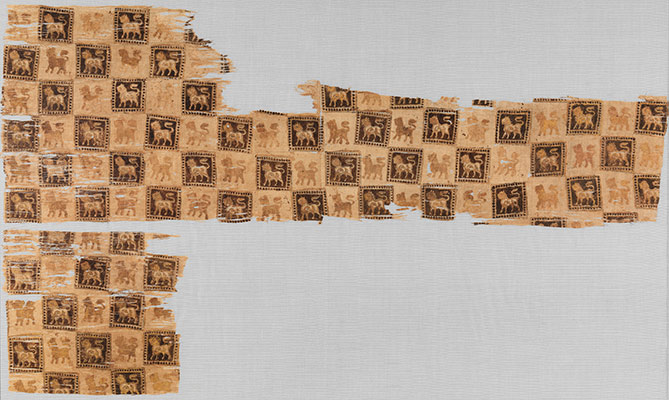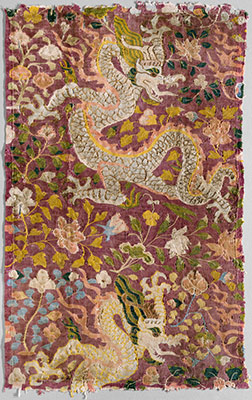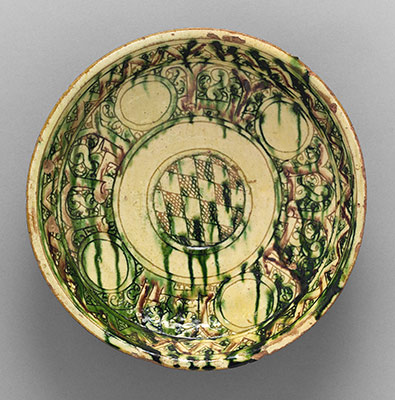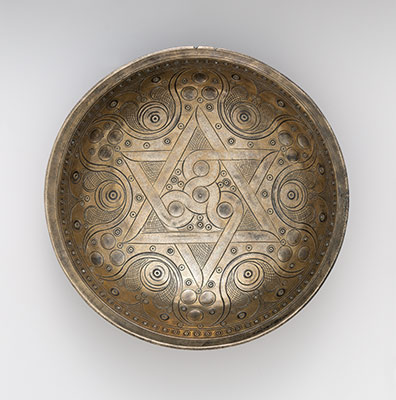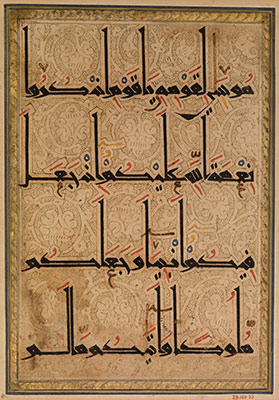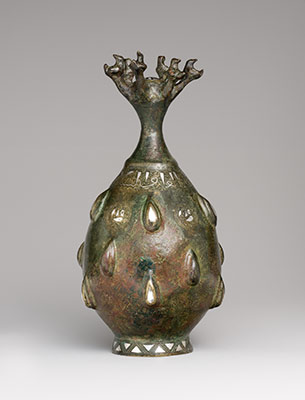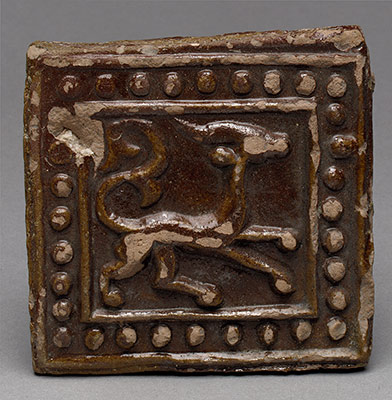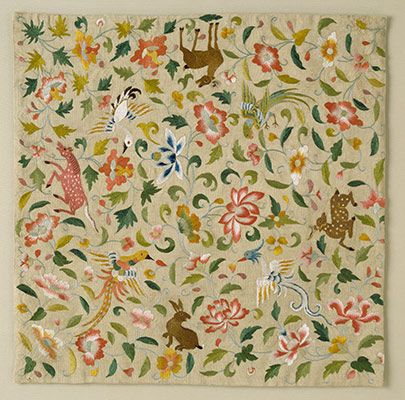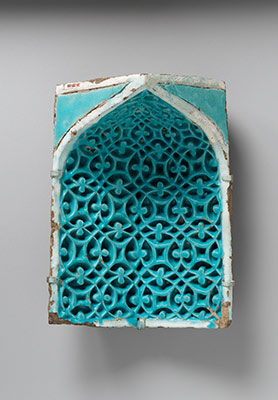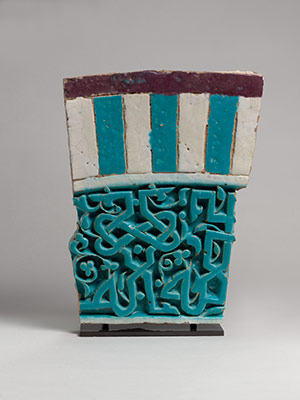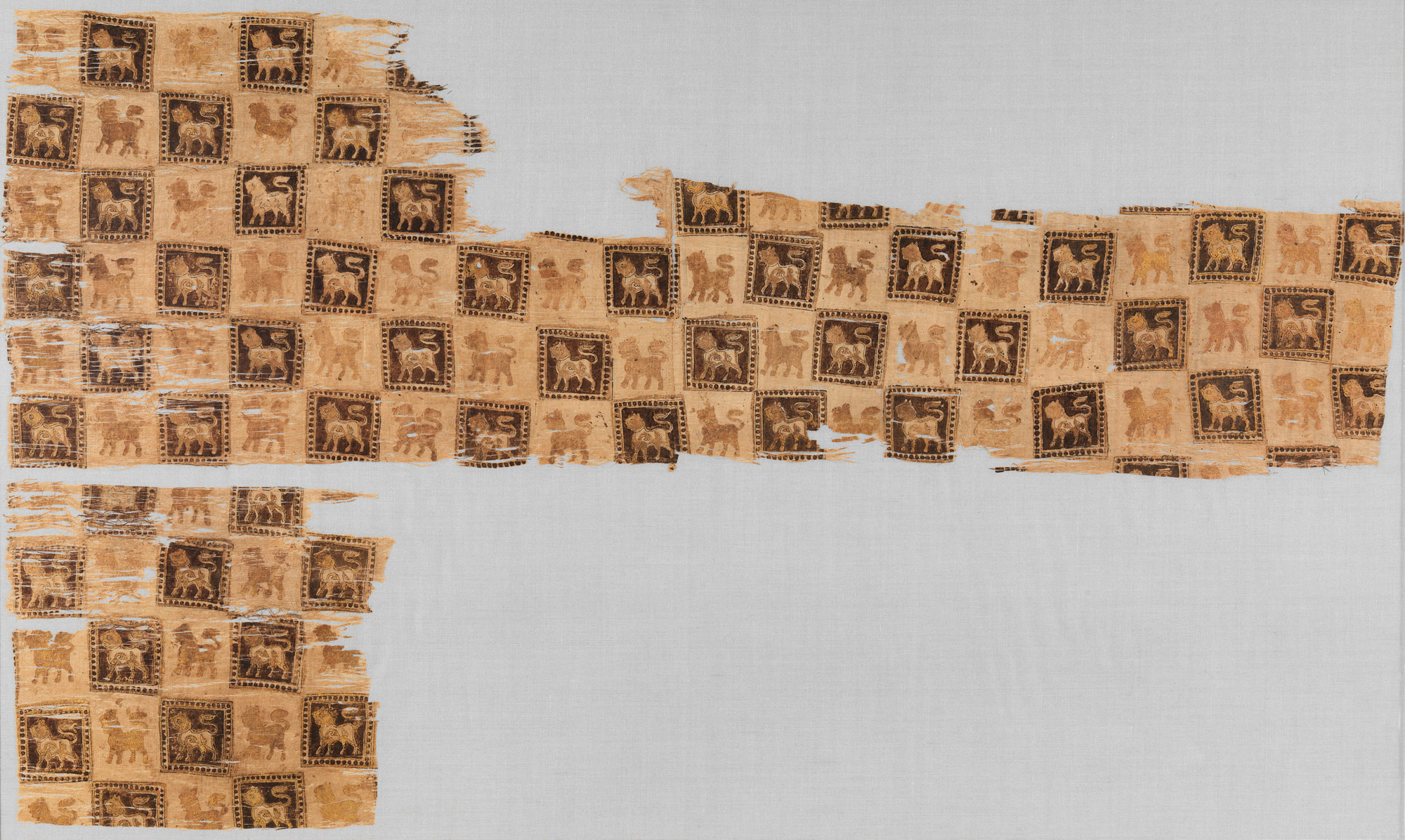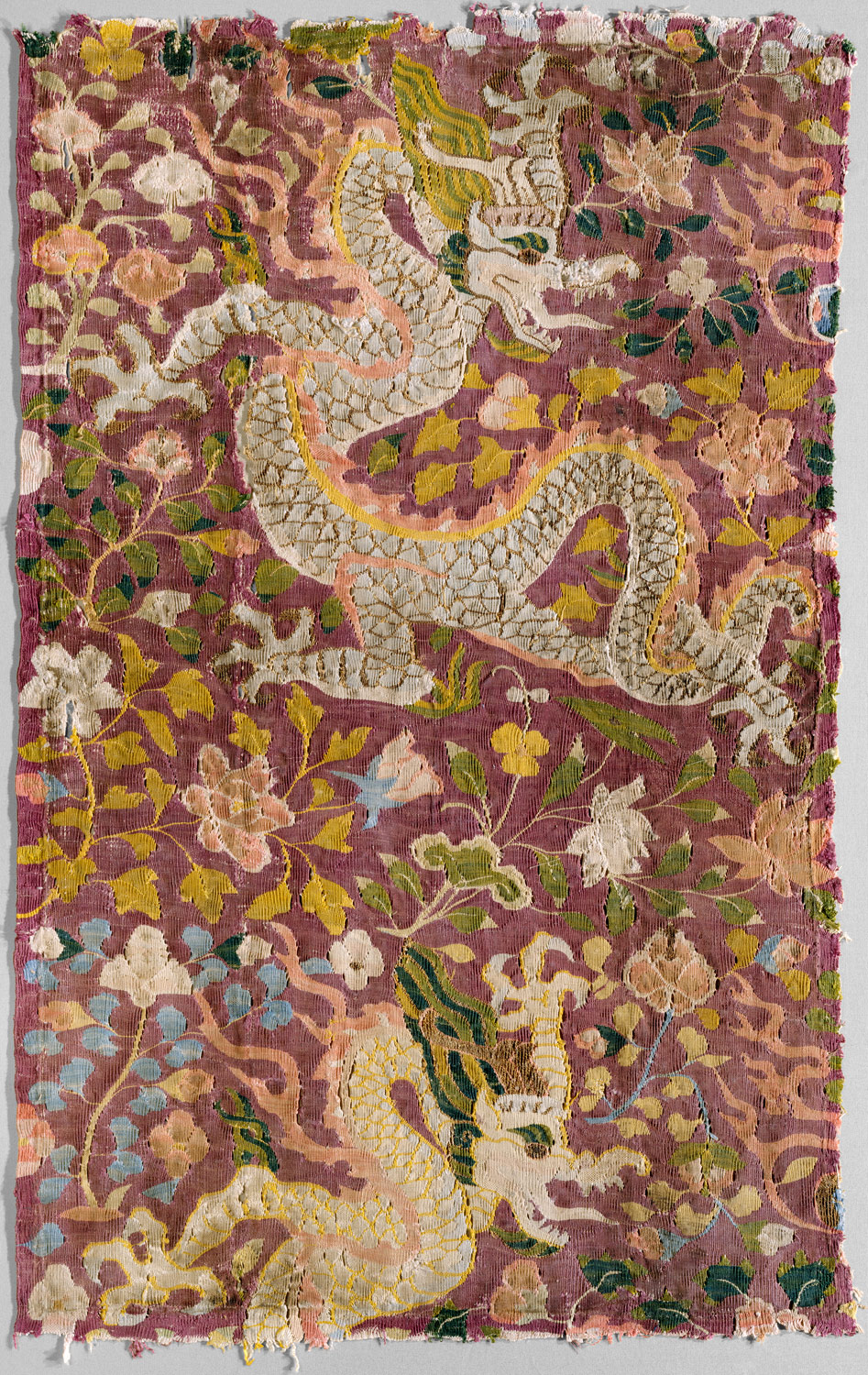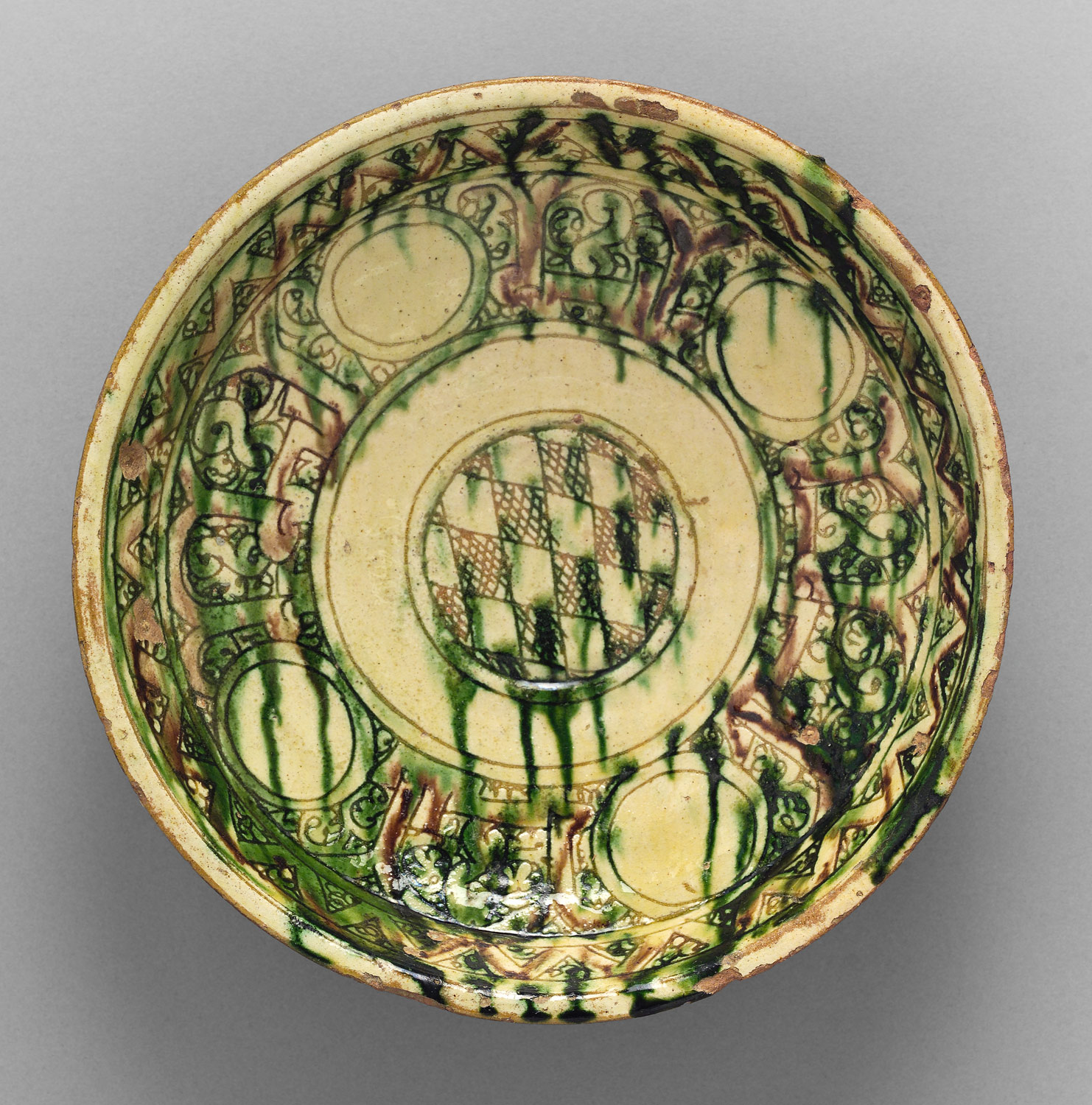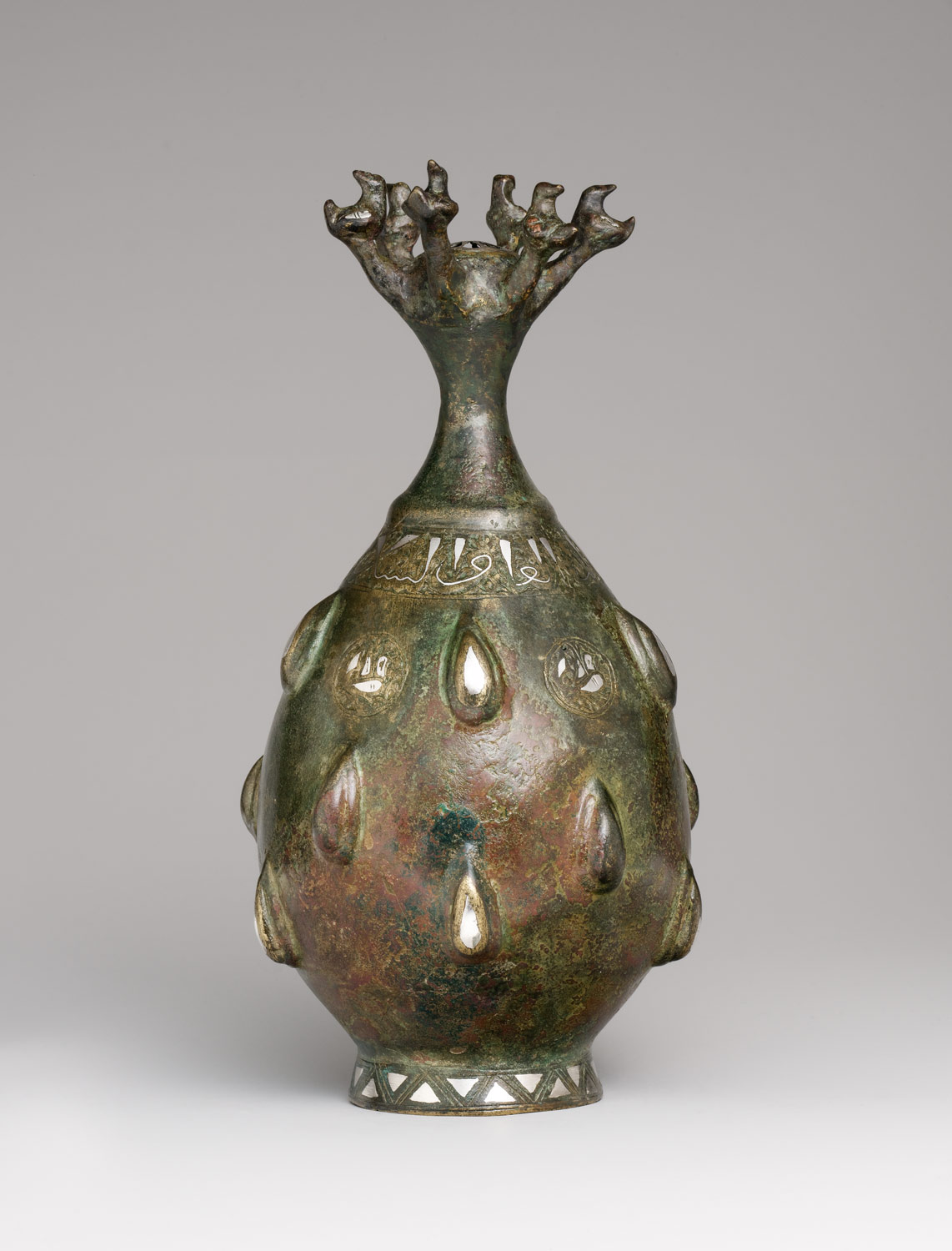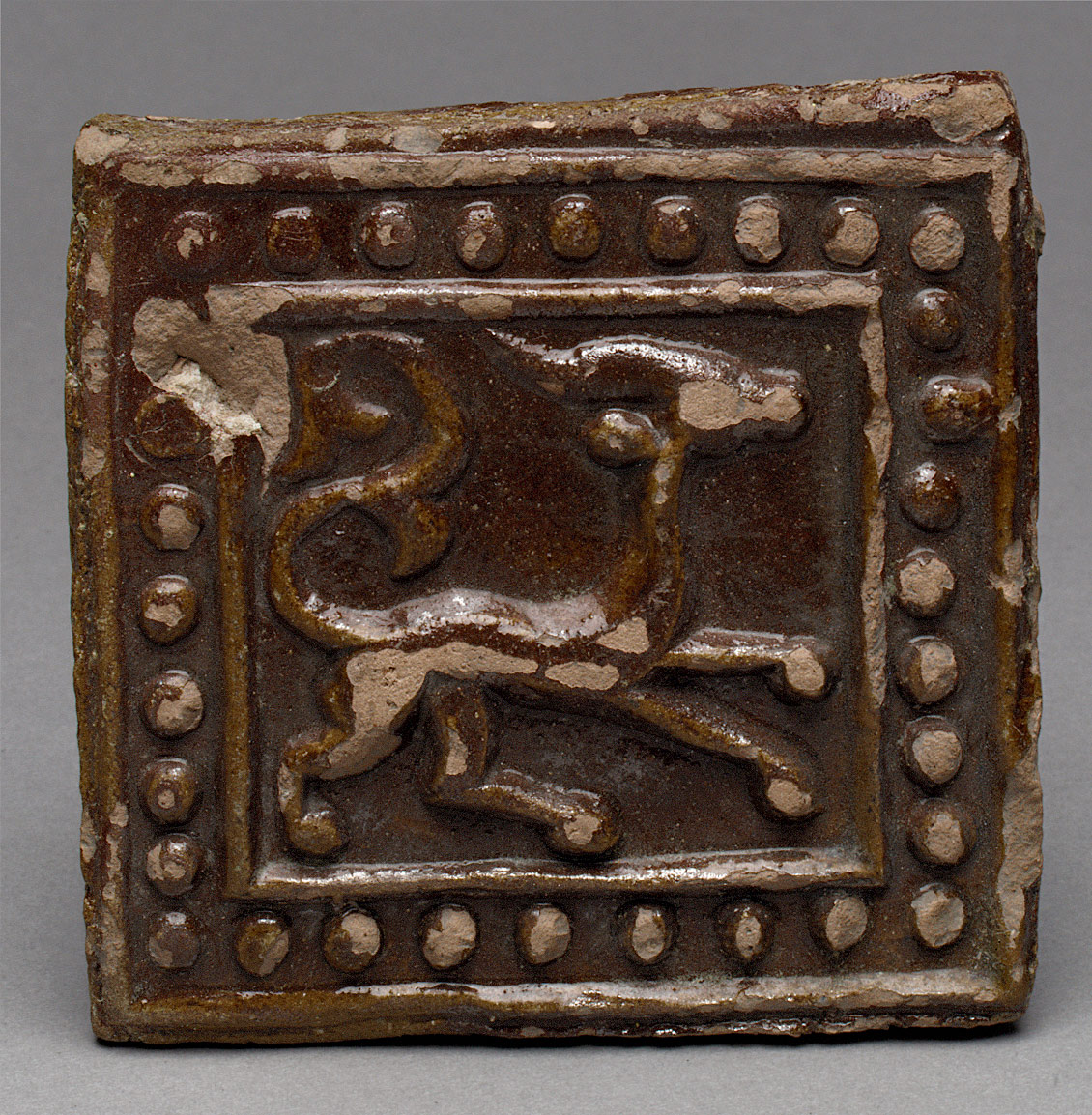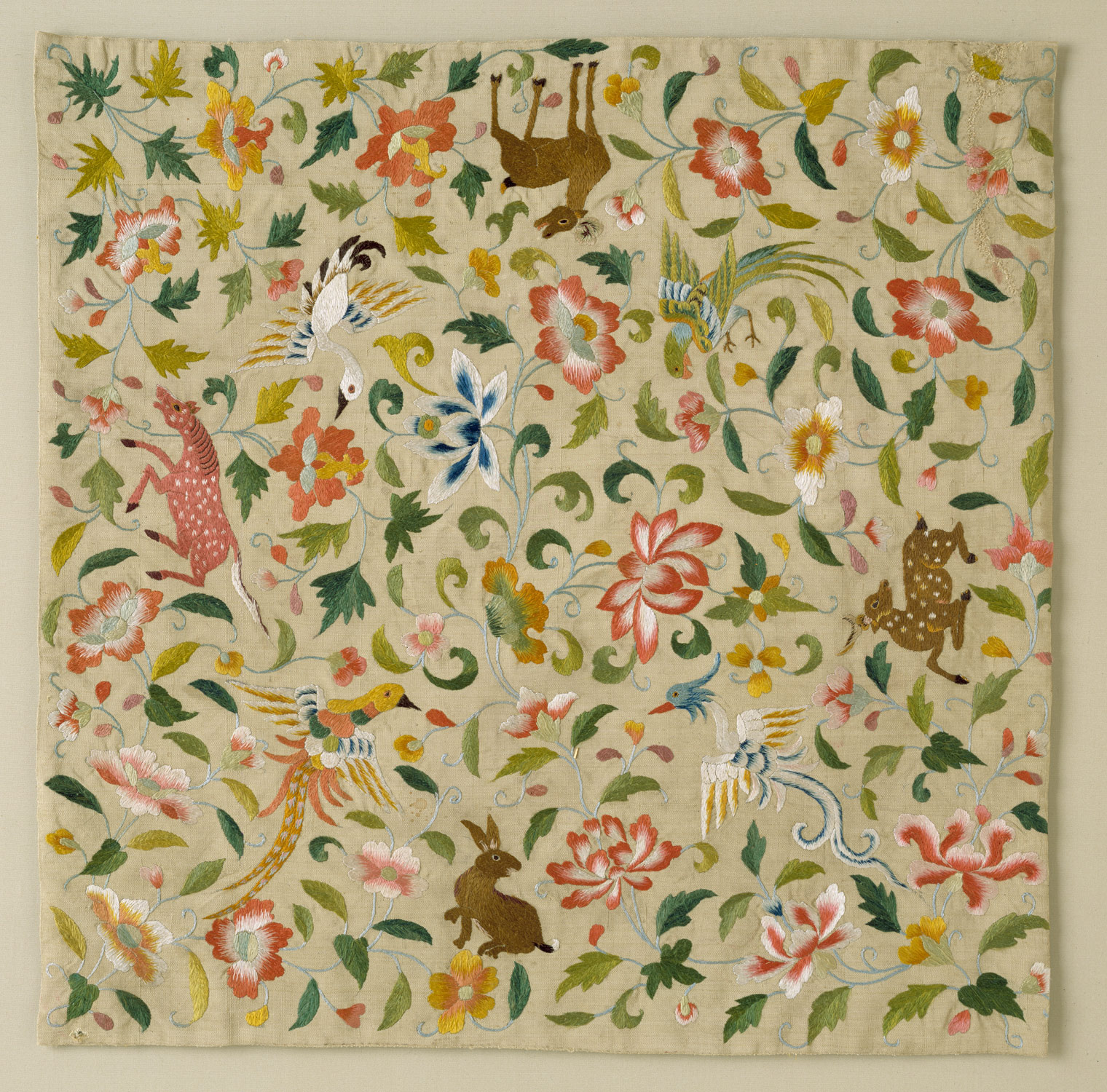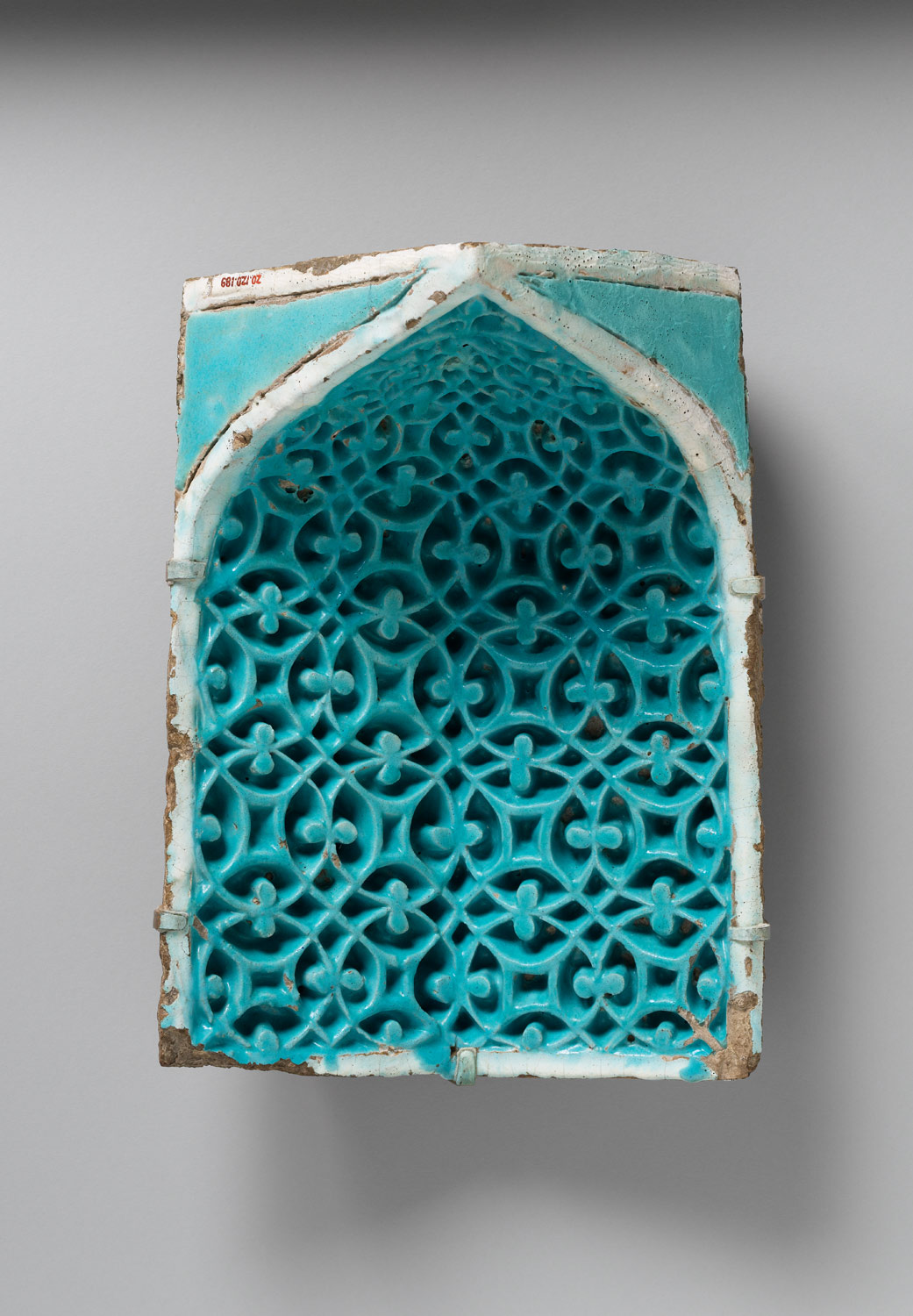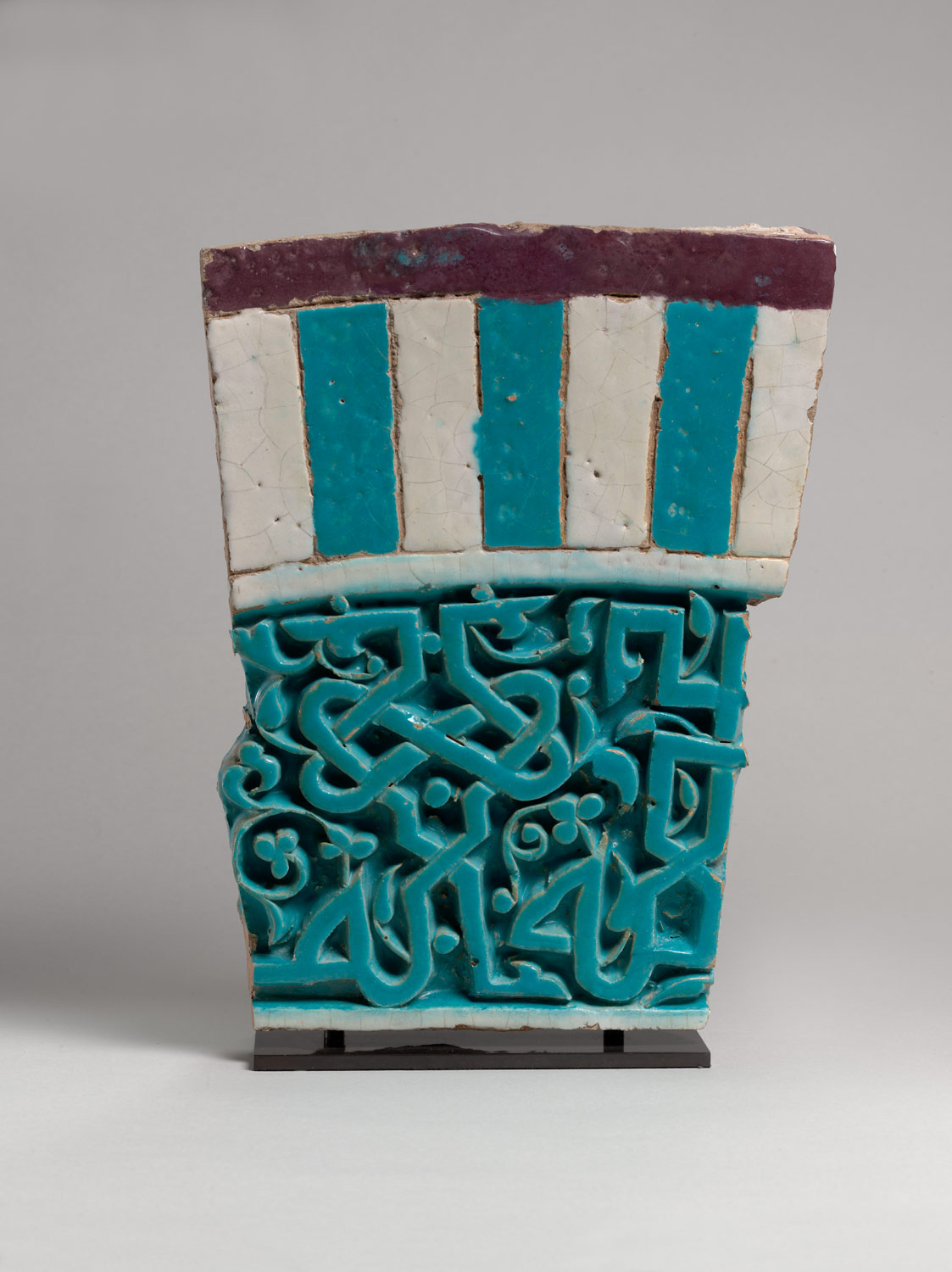The rise of regional kingdoms such as the Uighurs, who control the Tarim Basin from ca. 850 to 1050, and the Xixia, who rule in the northwest from ca. 1032 to 1227, reflect the dissolution of the powerful Tang Chinese empire in the early part of the tenth century. Both actively sponsor the creation of Buddhist monuments and images. In the western part of Central Asia, Islamic rulers from the Ghaznavid and later the Seljuq dynasties, both of Turkic origin, dominate the first half of the period.
Excavations, notably of palaces, reveal that the architecture and arts flourished under these patron-princes. The Iranian national epic, the Shahnama (Book of Kings), is composed at the beginning of the eleventh century. In the early thirteenth century, Mongol armies from North Asia gain control of Islamic territories, and by 1271 China, too, has succumbed to Mongol rule, with the capital city relocated at Beijing. A century later, Islamic power is restored in Central and West Asia under Timur, better known in the West as Tamerlane (r. 1370–1405), who initiates one of the most brilliant periods of Islamic art.
